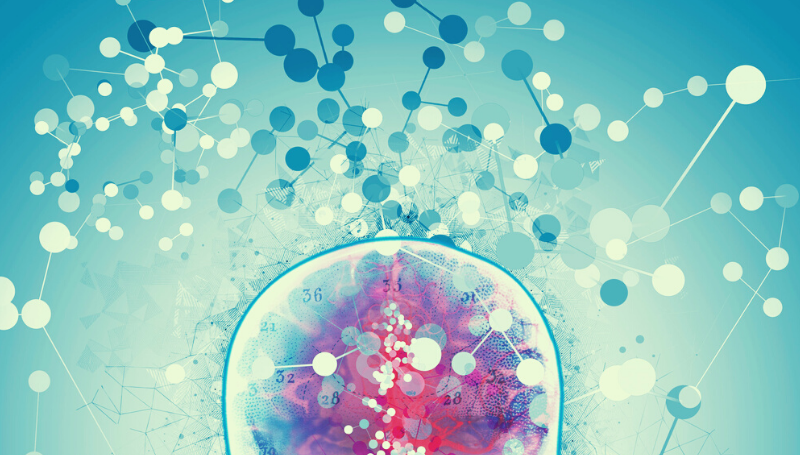
Imagine this: You wake up one morning and start your day. You remember exactly where you left your keys, you know exactly how many minutes the coffee will take to brew, and you know exactly what route to take to work to avoid traffic. At work, you can recall your first patient’s allergies, past medications, and medical history without having to look at their chart. Weird. Two hours and several patients later, you sit down for your study break since your MOC board exam is six months away. You start with Preview/Review questions, and you’re able to answer each and every question without exerting much brain power.
Sounds nice, doesn’t it? Sometimes, it’s neat to imagine your brain operating like a computer, but as appealing as it sounds, having a brain that stores information in randomized bits would be a step down. Human brains are much more efficient than computers and build knowledge in a unique way.
How, you ask? Three ways in particular:
- The human brain stores information in a tangle of relational combinations. For example, when we study spider bites, we think of not only the toxicities and symptoms involved, but also images of spiders, encounters we’ve had with spiders, and maybe even the name and face of the professor who introduced the topic. It’s impossible for humans to isolate a memory without pulling up an assortment of related memories.
- The brain has a habit of selecting the information it classifies as important, and discarding the rest, before storing anything in long-term memory. If you meet someone at a party, your “working memory” encounters the music playing, conversations going on around you, and the decor of the room. If you’ve been paying attention, you might remember the name of the person you just met. But the song playing and the color of the curtains will likely fade from memory.
- Information is also selected for long-term storage in the brain based on what’s been important enough to store in the past. So new information that reminds us of something memorable and personal, such as the birth of a child or receiving an award, is much more likely to be stored than something random, like a series of numbers.
Living with a computer-like memory might seem simpler, but the relational organization of our brains gives us a leg up: We find not only the information we’re looking for, but also related memories that flesh out the topic and help us make better use of it. And because our memories are “consolidated” or connected to other memories, we can use various cues to pull up the information we’re looking for. The more complex and intertwined the memory becomes, the more cues it will have and the more accessible it will be. Each time we practice retrieving a memory, we reinforce its importance and add new context and complexity.
How can we use these non-computerlike characteristics of human memory to remember more of what we’ve learned? Check back for part two of our brain blog: Don’t Fight Your Brain.


